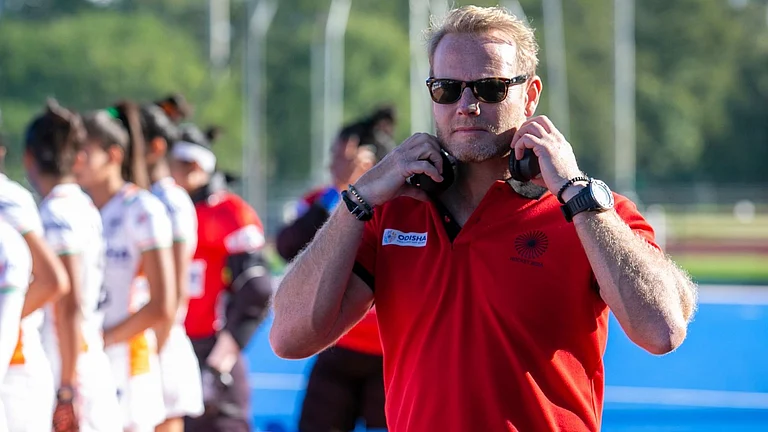The average Gross Enrolment Ratio (GER) of school students at elementary level in 2015-16 was 96.9 per cent, secondary level at 80 per cent, senior secondary level at 56.2 per cent, according to government data.
In 2018-19, the overall GER of students at elementary level stood at 91.64 per cent, secondary level at 79.55 per cent and senior secondary level at 58.56 per cent. A comparison of the annual enrolment data indicates that a significant proportion of children start dropping out of schools after Class 8 for various reasons and all the measures taken to bring them back have failed so far.
To arrest the trend and ensure 100 per cent GER upto secondary level by 2030, the new education policy, unveiled by the Union government recently, provides for a multi-pronged strategy.
Setting retention of students across all levels as one of its primary goals, the National Education Policy (NEP) 2020 has recommended that the government must first provide “effective and sufficient” infrastructure so that all students have access to safe and engaging school education at all levels, from pre-primary school to class 12.
“Besides providing regular trained teachers at each stage, special care shall be taken to ensure that no school remains deficient on infrastructure support,” it stipulates.
The credibility of the government schools “shall be” re-established and this will be attained by upgrading and enlarging the schools that already exist, building additional quality schools in areas where they do not exist, and providing safe and practical conveyances and/or hostels, especially for female students.
“Alternative and innovative education centres will be put in place in cooperation with civil society to ensure that children of migrant labourers, and other children who are dropping out of school due to various circumstances are brought back into mainstream education,” the policy provides.
The policy calls for an appropriate mechanism for “carefully tracking” students, as well as their learning levels, to ensure that they are enrolled in and attending school, and have “suitable opportunities” to catch up and re-enter school in case they have fallen behind or dropped out.
“For providing equitable and quality education from the Foundational Stage through Class 12 to all children up to the age of 18, suitable facilitating systems shall be put in place,” the NEP stipulates.
Counsellors or well-trained social workers connected to schools and teachers will continuously work with the students and their parents and engage with the communities to ensure that all school-age children are attending and learning in school.
For this, trained and qualified social workers from civil society organizations, departments of social justice and empowerment and government functionaries dealing with empowerment of persons with disabilities at the State and district level could be connected to the schools through “various innovative mechanisms”
“Once infrastructure and participation are in place, ensuring quality will be the key in retention of students. This will require a system of incentives for deploying teachers with knowledge of the local language to areas with high dropout rates, as well as overhauling the curriculum to make it more engaging and useful,” the policy underlines.
To facilitate learning for all students with “special emphasis” on socio-economically disadvantaged groups, the NEP stipulates, the scope of school education will be broadened to provide “multiple pathways” to learning involving both formal and non-formal education modes.
“Open and Distance Learning (ODL) programmes offered by the National Institute of Open Schooling (NIOS) and the State Open Schools (SIOS) will be expanded and strengthened for meeting the learning needs of young people in India who are not able to attend a physical school,” it provides.
As per the 75th round household survey by National Sample Survey Organisation (NSSO) in 2017-18, the number of out of school children in the age group of 6 to 17 years was pegged at 3.22 crore.
“The NEP has taken a 360 degree view on the problem of dropouts in schools by addressing issues of infrastructures, making sure of participation from students and ensuring quality of delivery,” Co-Chairman of FICCI ARISE and Founder of Suchitra Academy Praveen Raju said.
The idea of strengthening of the NIOS and the SIOS for disadvantaged sections of the society would ensure equity in school education, he said.
“Overall, the NEP is a game changer and the careful implementation of the ideas presented in the NEP can transform school education in India,” he added.


















_21.png?w=200&auto=format%2Ccompress&fit=max)



.jpg?w=200&auto=format%2Ccompress&fit=max)



